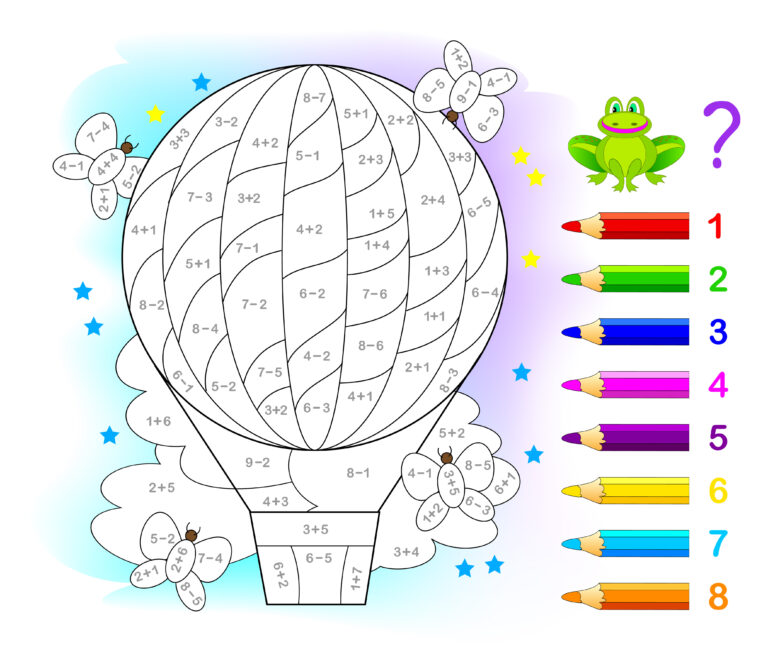The half-life of iodine-131, which is about eight days, plays a crucial role in its effectiveness and safety in cancer treatment, particularly in therapies targeting thyroid cancer and other conditions involving thyroid tissue. This radioactive isotope emits beta particles that damage and kill cells in the area where it accumulates, making it a powerful tool for destroying cancerous or overactive thyroid cells.
The concept of half-life refers to the time it takes for half of the radioactive atoms in a sample to decay and lose their radioactivity. For iodine-131, this means that after eight days, half of the iodine-131 atoms have decayed into stable or less radioactive forms. This decay process releases radiation that can penetrate and damage nearby cells. The relatively short half-life of iodine-131 is beneficial because it provides a strong dose of radiation over a limited period, enough to kill targeted cancer cells effectively while minimizing prolonged radiation exposure to the patient and surrounding healthy tissues.
In cancer treatment, iodine-131 is often administered in a form that the thyroid gland naturally absorbs because the thyroid uses iodine to produce hormones. When iodine-131 is taken up by thyroid cells, the emitted beta radiation destroys these cells. The eight-day half-life means that the radiation dose is delivered over a period of a few weeks, with the activity dropping to negligible levels after about two months. This timing allows for effective treatment while limiting long-term radiation risks.
The half-life also influences treatment planning and safety precautions. Since iodine-131 remains radioactive for several weeks, patients receiving this therapy may need to follow specific guidelines to reduce radiation exposure to others, such as avoiding close contact with pregnant women and children for a certain period. Medical facilities must also manage radioactive waste and patient isolation carefully during this time.
Moreover, the half-life affects the balance between therapeutic efficacy and side effects. A half-life that is too short would mean the isotope decays before delivering enough radiation to kill cancer cells, reducing treatment effectiveness. Conversely, a much longer half-life would prolong radiation exposure, increasing the risk of damage to healthy tissues and secondary cancers. The eight-day half-life of iodine-131 strikes a practical balance, delivering a potent dose quickly enough to be effective but not so long as to cause excessive prolonged radiation exposure.
In addition to thyroid cancer, iodine-131 has been used in treating other conditions like Graves’ disease and thyroid adenomas. The half-life ensures that the radiation dose is sufficient to reduce or eliminate overactive thyroid tissue without requiring repeated treatments over long periods.
In summary, the eight-day half-life of iodine-131 is a key factor that makes it suitable for targeted cancer therapy. It allows for a concentrated dose of radiation to be delivered to thyroid cells, maximizing cancer cell destruction while minimizing prolonged radiation exposure and associated risks. This balance is essential for the safe and effective use of iodine-131 in medical treatments.





